Transplanting currants in the fall and everything you need to know about it
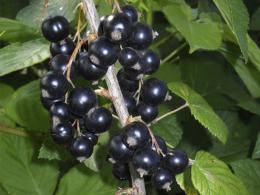
Black currant (Ribes nigrum) is the most popular crop and is excellent both fresh and canned - especially in jams and juices. Slightly less popular are red currants (Ribes rubrum) and white currants (Ribes niveum). They overtake black currants and bloom in mid-May, and the fruits ripen in July. From mid-August, red currants and white currants ripen.
There are currants in almost every household plot.
Content:
- When can you plant currants?
- Planting currants in autumn
- Autumn transplantation of currants: basic rules
- Caring for a bush in a new place
When can you plant currants?
Proper care and replanting of shrubs is the key to a bountiful harvest. Changing the location of the currant bush is necessary in the following cases:
- When the bush is old and needs rejuvenation
- If the soil in the area becomes depleted, the plant stops absorbing the necessary nutrients and becomes ill
- If the bush has become too spreading and begins to crowd out other plants
Young currant bushes are planted in the fall in October, November or in the spring in March and April. It is worth noting that red currants are better suited for spring planting than black currants, because they begin to grow and form leaves later. Currants from containers can be planted during the growing season. It's more expensive than currant with an open root system.
Planting currants in autumn
Black currants should be planted in spring or autumn.Choose an open and sunny location. Dig up a large area of soil and then dig a hole for the shrub's roots. Work the compost into the hole and press it deep into the soil. Add some fertilizer to the hole and work it deep into the soil as well.
Carefully spread the blackcurrant roots evenly throughout the hole. Place the currant shoot at such a depth that the root collar is 5 cm below the ground. Fill the space around the roots with soil, patting the soil with your foot to remove any air bubbles.
Water the bush generously, as washing out allows the soil to settle well around the root system.
Trim all shoots of the planted shrub on 1 or 2 buds to stimulate the growth of new branches. In summer, the bush produces many new shoots, which will bear fruit next season. If you are planting more bushes, keep them about 1 meter apart.
Autumn transplantation of currants: basic rules
Gardeners often think about when it is better to replant currants in the fall or spring; the following should be considered. In the northern regions, transplantation is carried out in the spring. The ground should thaw and the average temperature should not drop below zero. It is necessary to inspect the bush; if it has started to grow, then replanting should be postponed until the fall.
Transplanting currants in the fall requires patience, because the bush during the “relocation” must be free of leaves and young shoots to stop the flow of juice. In central Russia, the best time to transplant currants is considered to be the end of October. In colder regions of the country, planting times range from 14 to 21 days.
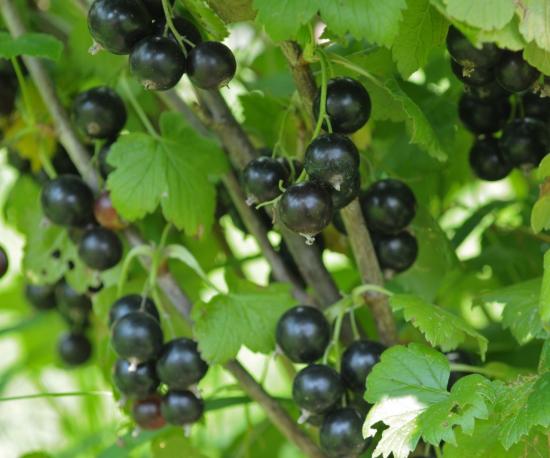
If you hurry in transplantation currants, the bush will confuse the seasons and weaken.When transplanting in autumn, the weather should be dry and warm, with plenty of watering. Transplanted shoots must be insulated for the winter. The bushes are sprinkled with several buckets of compost and mixed with the leaves. If you do everything well, then your currants will adapt to their new place of residence and give a bountiful harvest.
Caring for a bush in a new place
It is necessary to follow the rules for caring for currants so that they take root better. Mulching has a good effect on the growth and development of shrubs. You can mulch the bushes with agrotextiles, shavings or sprinkle with pine bark. Currants love moisture in the soil, and litter limits water evaporation and keeps the soil moist longer. This also prevents the growth of weeds.
Weeding and fertilization
If we do not use litter, then we need to take care of regularly weeding the soil around the bushes. We can tear them apart manually or use a scraper or cultivator, which additionally moisten the soil.
During the growing period, currants are fed with organic fertilizers (manure, compost, vermicompost) or mineral fertilizers. Remember that shrubs are sensitive to chlorides, so we only use fertilizers that do not contain them. You can use fertilizers specially formulated for fertilizers fruit bushes that have properly selected and balanced ingredients. They are available at garden centers.
Watering and pruning
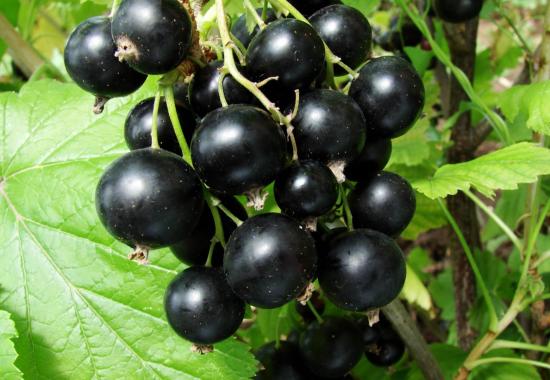
Currants have fairly high moisture requirements. We can monitor soil moisture using a moisture meter and water the bushes if necessary. For irrigation, it is best to use rainwater, which can be collected in special barrels or containers.However, it is important not to overwater the plants as this will prevent air from reaching the roots and can damage them. The first pruning of currants is done immediately after planting.
Over the next 2-3 years, the bushes are not cut, but only very thin, broken or diseased shoots are removed. From the fourth year, when the bushes have already completely taken root, it is necessary to carry out rejuvenation annually. Currants produce a harvest on the current year's shoots, which have grown at the base of the bush, and on the lateral mature shoots. It is necessary to cut out all four-year-old shoots and leave on the bushes 4-6 of the strongest shoots of one year and 3-5 shoots of two or three years.
Use pruning shears to cut out any shoots above the ground. Cutting can be done immediately after harvest or later in the fall, winter or early spring. On the bush, shoots lying on the ground, dead, infected should be removed diseases and pests, as well as overly thickening bushes.
Reproduction
Seedlings are collected in the fall. Strong shoots are selected and cut out. In spring we store them in a cool, dry place, preferably in damp sand. Spring shoots are cut into segments about 20 cm long and placed in the ground so that one bud is above the ground. When spreading from projectiles, we select a healthy, annual peak that grows low to the ground.
Currants are also rooted using the current year's shoot; a healthy shoot located low above the ground is selected. It is sprinkled with earth and watered all summer until it takes root. In the fall, check whether the roots have formed. If this happens, then the shoot is cut out and planted in a new place; if not, then the shoot is left until next autumn. If you follow the above tips, you will get a high yield currants
Video about the beneficial properties of black currant:

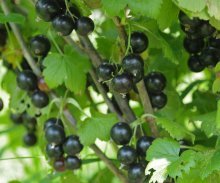
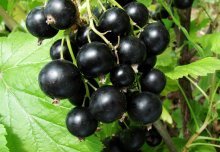
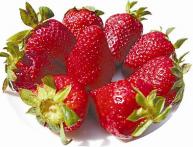
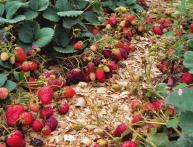
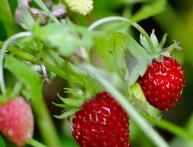

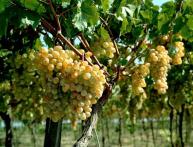
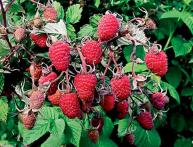
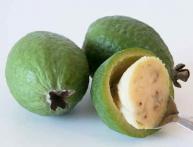
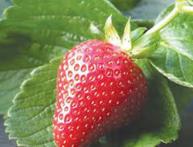
Comments
We have a lot of currant bushes on our site; we planted them in the spring about 5 years ago. There wasn’t even any special care; the harvest still depends on the climate. If last year there was a dry summer without rain, then there were no berries. Then there are late frosts and this is also bad. The best harvest was in 2018, and the temperature was average and it rained every week.